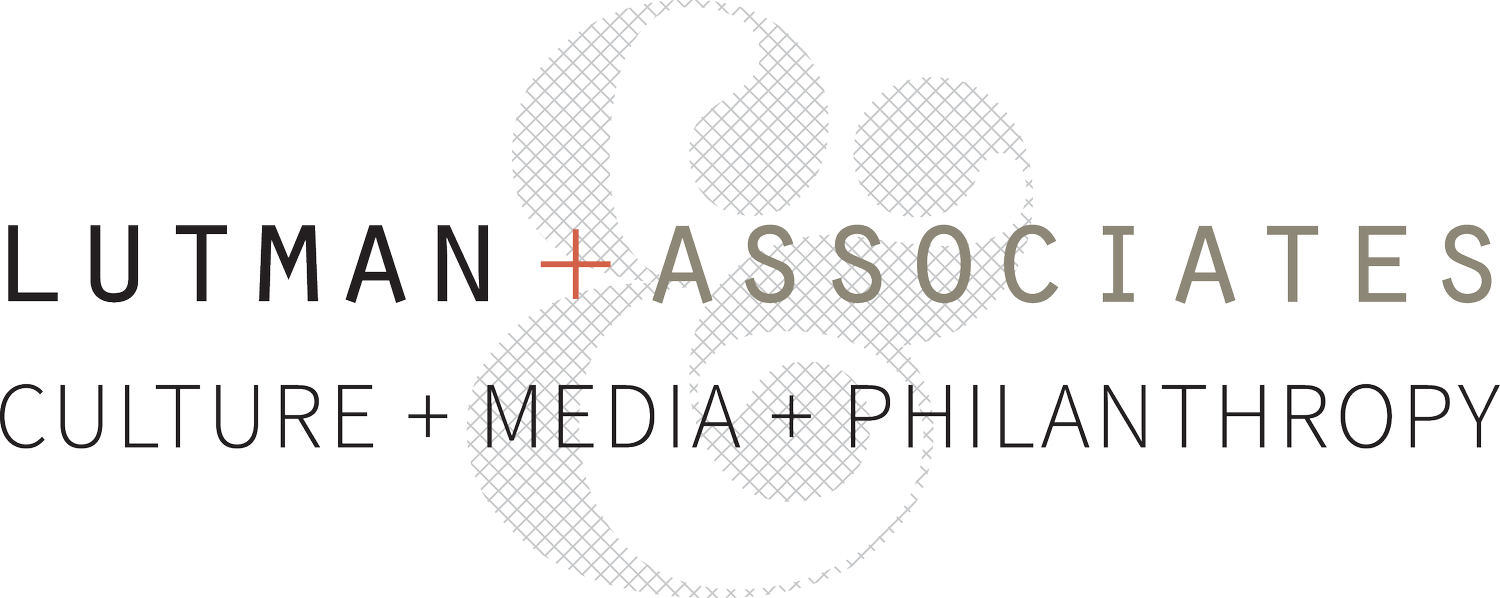I'm very pleased to announce the release of a research report and accompanying website titled Like, Link, Share: How cultural institutions are embracing digital technology. The project highlights examples and lessons learned from legacy cultural institutions that are successfully embracing digital media in their work, whether in artistic creation and artistic programs, audience engagement activities, fund development, operations, or in all of these. The report and its companion website describe the distinctive leadership and organizational capacities required for pioneering work, and will help trustees, grantmakers, and colleague institutions understand the conditions needed and actions taken for success in our increasingly digital culture.
Like, Link, Share was commissioned by the Philadelphia-based Wyncote Foundation. It follows the important 2013 Foundation Center report, Growth in Foundation Support for Media in the United States and its companion, Molto + Media, both created in partnership with Media Impact Funders. Like, Link, Share extends this work by presenting descriptions and work samples from 40 leading organizations including art museums, symphony orchestras, theaters, dance companies, historical societies, libraries, and science centers in the U.S. and abroad. Based on site visits, interviews, and other research, Like, Link, Share’s summary report offers insights about how digital media work is getting done and what results and benefits have accrued.
Foundation staff, policymakers, journalists, and peers helped identify the field leaders the report examines. During summer 2014, site visits to organizations such as the Philharmonia Orchestra (London), The Exploratorium (San Francisco), the Cleveland Museum of Art, and The Henry Ford (Detroit) were made in order to see the work first hand, talk with organizational leaders, and learn what conditions are fueling their innovation.
Digital innovation presents special challenges for centuries- or generations-old cultural institutions. Converting long-standing internal systems for patron development, audience engagement, and content management is a major undertaking that requires long time-lines and significant expense. At the same time, the skills and mindset needed to participate fully and nimbly in digital culture are outside the career experiences of many senior staff and governing boards in these institutions. As community and audience expectations for engagement change, and contemporary artists and practitioners forge new definitions of their practice, legacy institutions can struggle to adapt.
Yet some legacy institutions are forging bold new paths in digital culture, paths that are resulting in new avenues of public service and landmark artistic projects. Among the benefits are larger and often younger audiences, deeper audience engagement, new community relationships, new revenue, and renewed program vitality.
